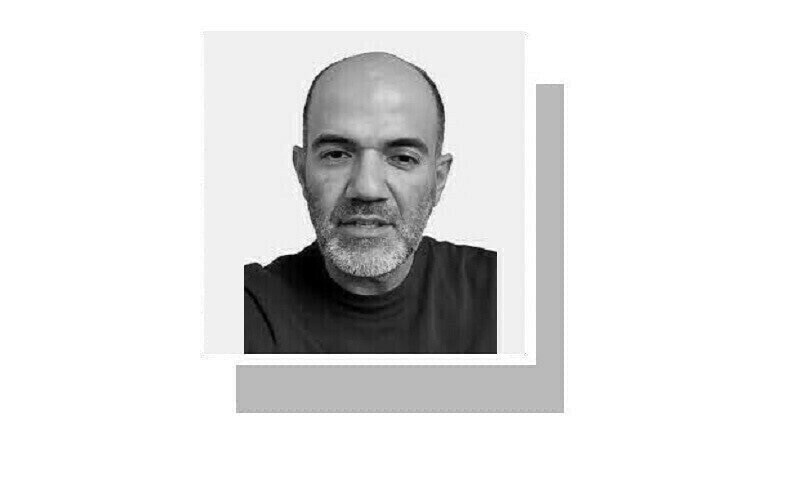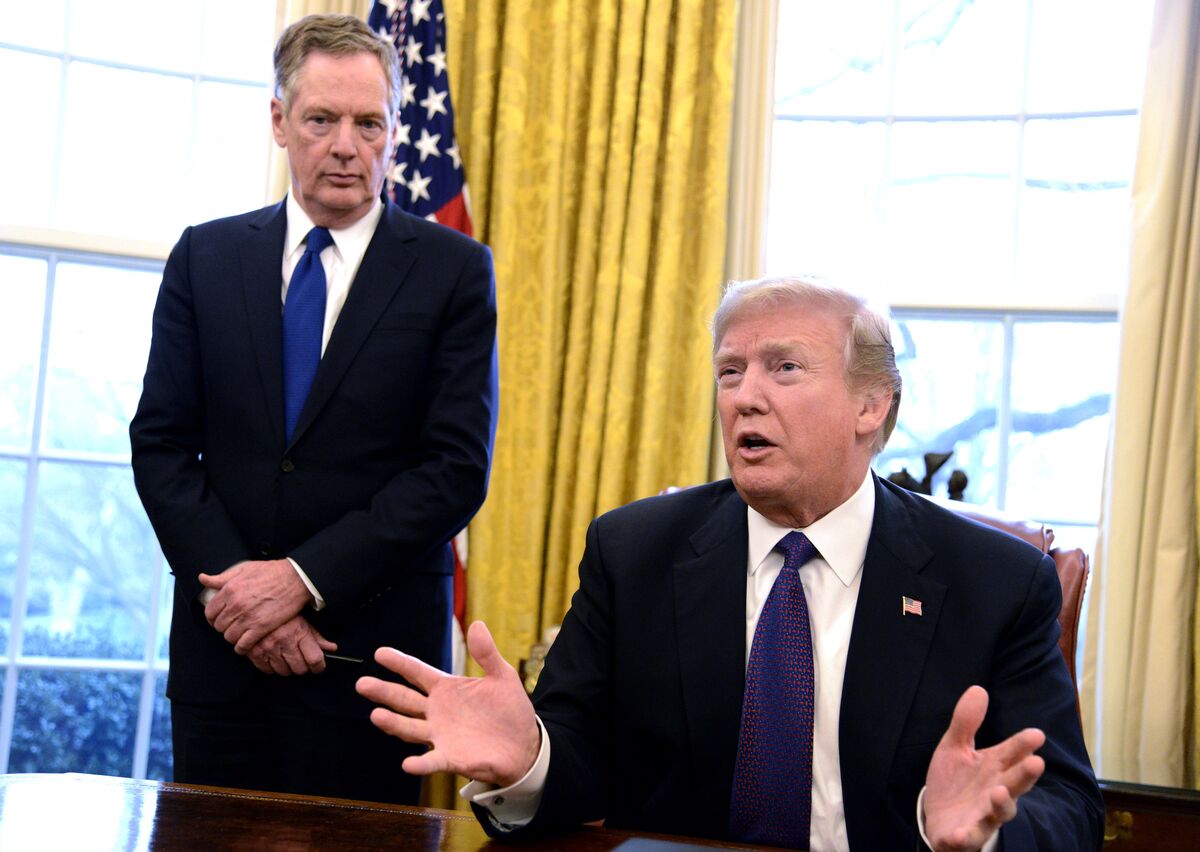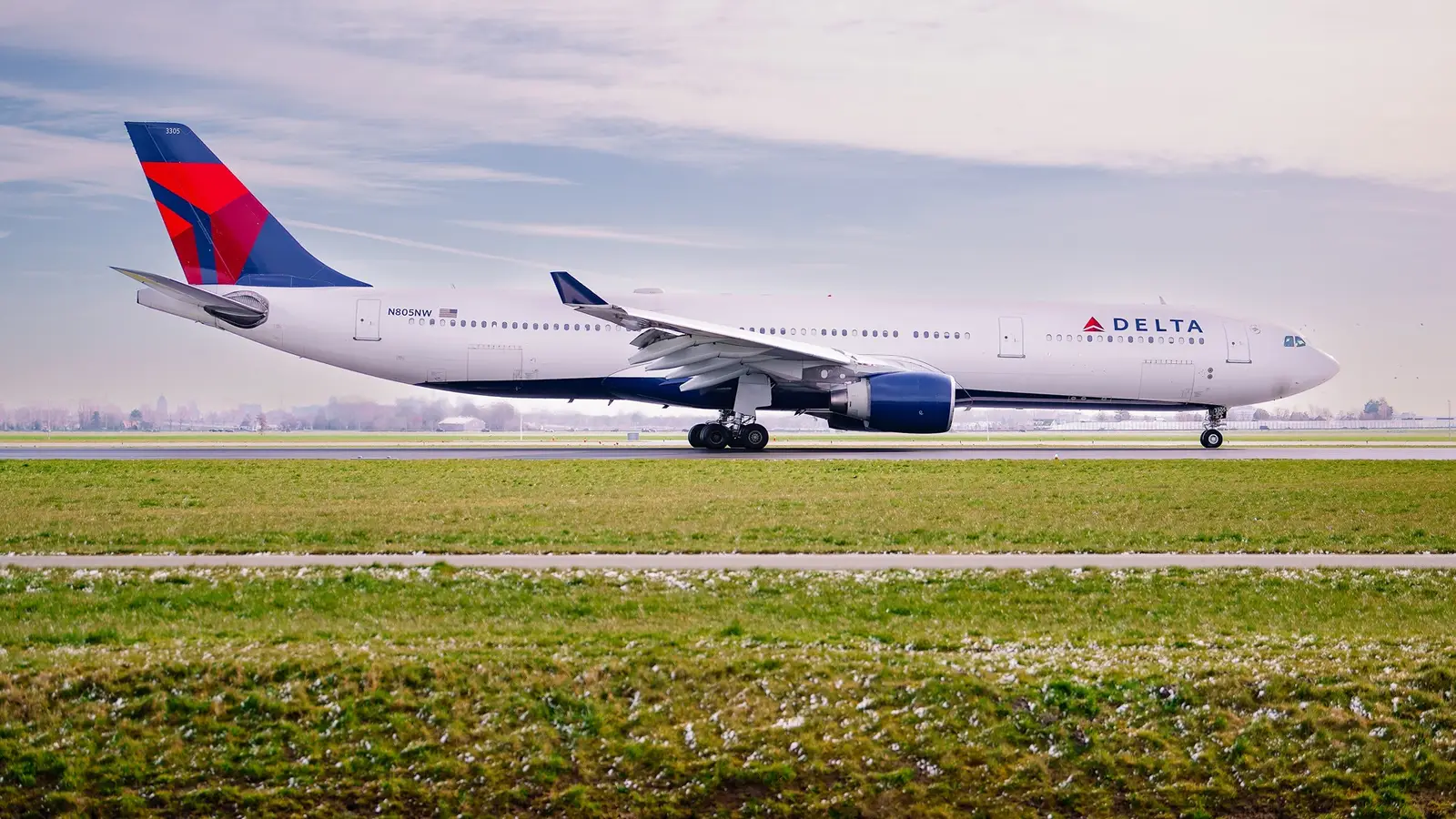By Aasim Sajjad Akhtar
Copyright dawn

FOR most of the Musharraf dictatorship, the World Bank, IMF and other lynchpins of the international financial architecture celebrated Pakistan’s economy. Real estate and stock market booms, the issuing of cheap credit to consumption-hungry middle classes by newly privatised commercial banks, and the opening up of a variety of sectors for mythical foreign investment were all seen as successes of the government’s ‘reform’ agenda.
From 2006 onwards, the gloss started to wear off as booms were replaced by busts, especially after the effects of the global financial crisis started kicking in. On the domestic front, loadshedding became endemic, as the inevitable fallouts of the World Bank-backed independent power producers policy of the mid-1990s reared their head. Meanwhile, the supply of electricity could not keep up with exponential increases in demand as the urban middle classes used cheap credit to buy refrigerators, ACs, washing machines and personal computers.
Twenty years later, the World Bank (WB) is now lamenting the alarming increase of poverty in Pakistan. Its recently released report suggests that millions have fallen below the poverty line in recent years, particularly during and after the pandemic. Conservatively, one quarter of the population is poor, and by some measures, almost half of Pakistan’s 250 million people live from hand to mouth.
The report goes on to suggest that there were many gains made in poverty reduction over the past 20 years, but that these have largely been reversed. But the WB stops short of acknowledging that a large part of the dire situation that it is now naming has its roots in the very policy matrices that it championed in the 2000s.
I, for one, cannot get my head around the notion that an acutely class-divided society like Pakistan made ‘major gains’ in reducing poverty at any stage over the past 20 years. This is in part because many ‘experts’ play games with numbers, especially those with explicit political agendas like the WB and IMF. In parallel, the bureaucrats in finance, planning and other ministries who prepare economic reports for donors are very adept at fudging numbers.
Why were such ‘major gains’ wiped out in such a short period?
But let us take at face value the WB’s claims about ‘major gains’ in poverty reduction in the 2000s and at least part of the 2010s. Why and how, then, did such ‘major gains’ get wiped out in such a short period of time from around 2020 onwards?
The WB report notes that a majority of those who ostensibly extricated themselves from poverty shifted from agricultural work into ‘low-quality’ service sector occupations. In effect, this means that small and landless farmers alongside non-agriculturalists in the farm sector could no longer make ends meet, and thus either invested in some kind of self-employment in the non-farm sector, or moved to small and/or big urban centres to find waged work.
But the WB itself admits that these new income sources were not secure, permanent and certainly not sufficient to absorb a critical mass of a rapidly growing, youthful labour force. Only if a robust and holistic industrialisation strategy had been pursued during the ‘glory years’ of the 2000s would this structural crisis been ameliorated, if not averted.
A non-negligible percentage of working people who started earning income in what is conventionally called the informal economy may have done well enough to access cheap credit and move up the class ladder as a result. But it is quite clear from the WB’s own admission that this bubble of ‘growth’ was always likely to burst. And burst it most definitely has, even for those white-collar workers who once could boast permanent and secure employment but now find themselves increasingly vulnerable to the logic of ‘fr-e
e–lancing’.
The truth is that the neoliberal capitalist binge that Musharraf oversaw was championed by the usual suspects around the globe because it benefited big business and investors at home and abroad. Geopolitical winds in the 2000s were such that the dictatorship was celebrated by Western officialdom as an ally in the ‘war on terror’. The neoliberal binge produced lots of profits for already fat cats, including Pakistan’s own militarised ruling class, while crowding working people into a precarious service sector, and accelerated the pillage of nature alongside.
Seen thus, poverty and inequality have, in fact, been produced by the very policies that only some years ago were being termed a success. The pandemic, floods, inflation and other factors that, according to the WB, eroded all of the ‘major gains’ in poverty reduction were simply the immediate triggers that showed the true, anti-people colours of Pakistani capitalism, and its imperialist backers.
The writer teaches at Quaid-i-Azam University, Islamabad.
Published in Dawn, September 26th, 2025



